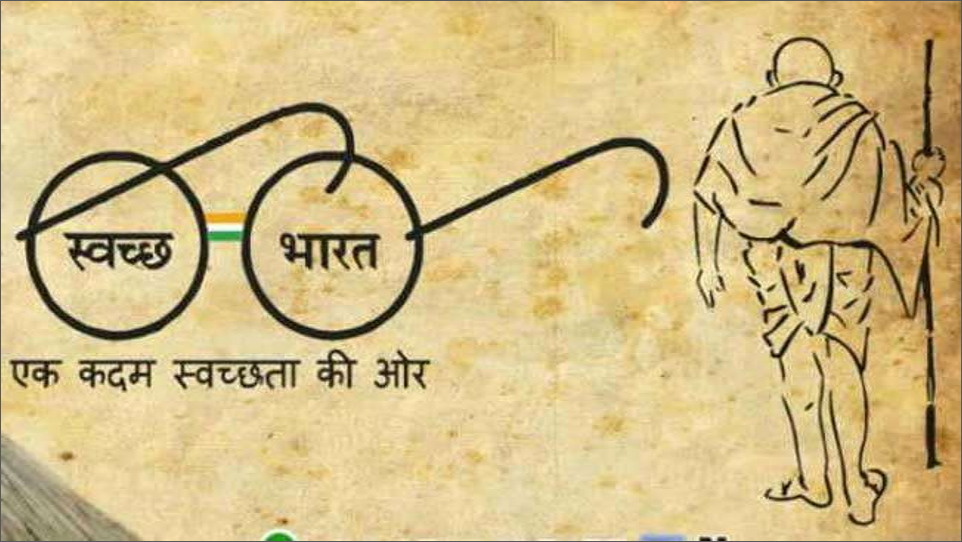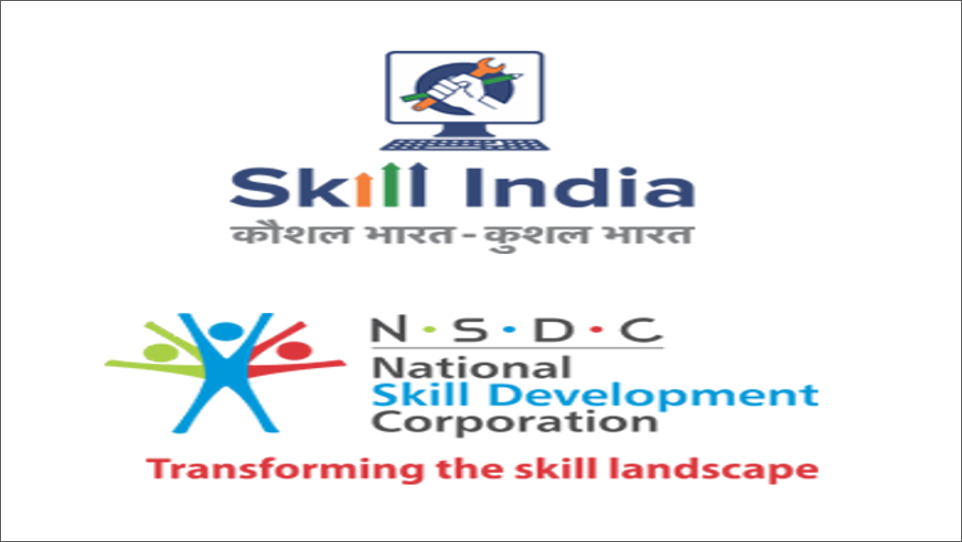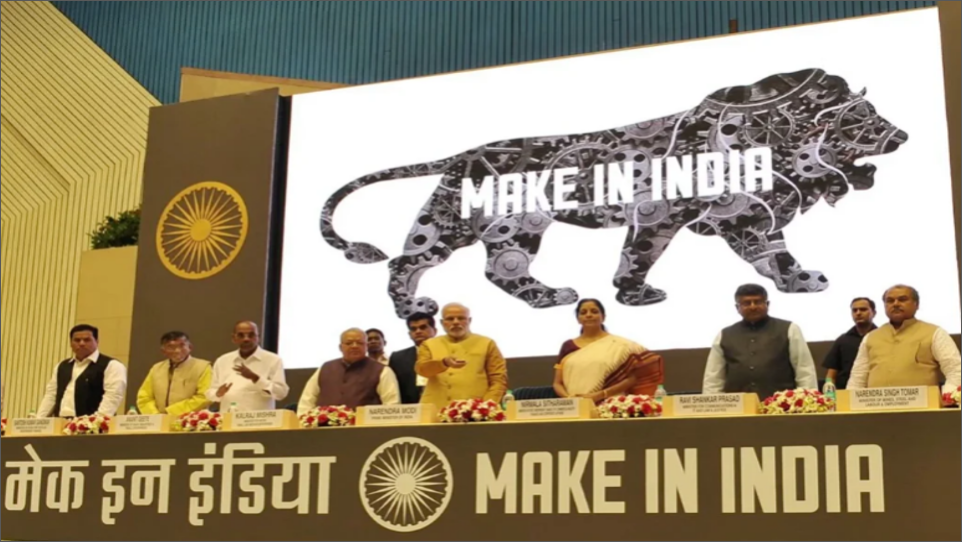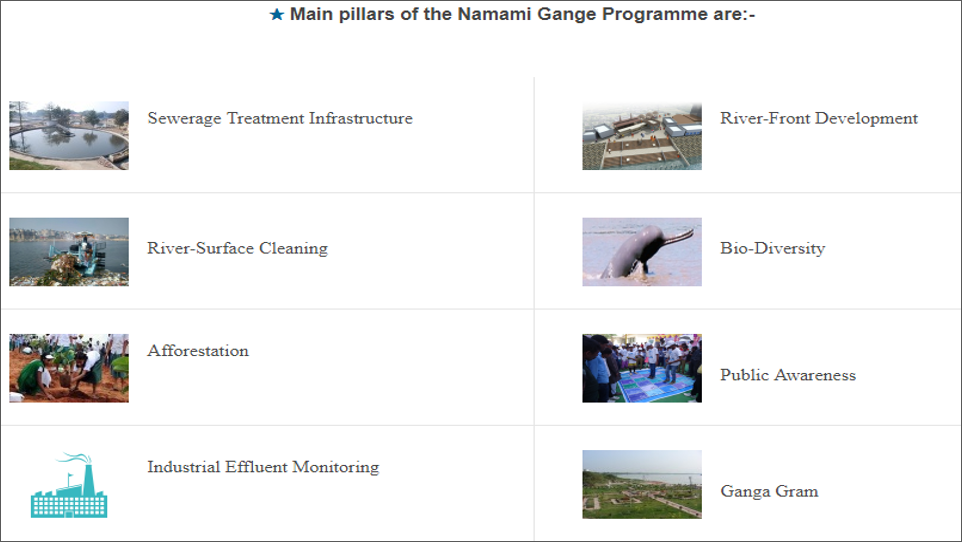
SWACHH BHARAT ABHIYAN
The mission was split into two:
1.Rural and
2.Urban.
- In rural areas “SBM – Gramin” was financed and monitored through the Ministry of Jal Shakti;
- “SBM – urban” was overseen by the Ministry of Housing and Urban Affairs.
Note- Ministry of Jal Shakti was formed in May 2019, by merging two ministries; Ministry of Water Resources, River Development & Ganga Rejuvenation and Ministry of Drinking Water and Sanitation.
- PM of India had launched the Swachh Bharat Mission on 2nd October 2014.
- Mission – all villages, Gram Panchayats, Districts, States and Union Territories in India declared themselves “open-defecation free” (ODF) by 2 October 2019.
- Objectives
○Eradication of manual scavenging,
○Generating awareness and bringing about a behaviour change regarding sanitation practices, and
○Augmentation of capacity at the local level.
○Modern and scientific municipal solid waste management.
○Capacity Augmentation for ULBs to create an enabling environment for private sector participation in Capex (capital expenditure) and Opex (operation and maintenance).

BAL SWACHH MISSION
- Ministry – Ministry of Women and Child Development
- Part of the nationwide sanitation initiative of ‘Swachh Bharat Mission’.
- Launched on 14th November 2014.
- The nationwide Bal Swachhta Mission will have the following six themes:-
- Clean Anganwadis
- Clean Surroundings e.g. Playgrounds
- Clean Self (Personal Hygiene/Child Health)
- Clean Food
- Clean Drinking Water
- Clean Toilets
SKILL INDIA
- Ministry – Ministry of Skill Development and Entrepreneurship.
- Launched on 15 July 2015 to train over 40 crore people in India in different skills by 2022.
- Initiatives
- National Skill Development Mission
- National Policy for Skill Development and Entrepreneurship, 2015
- Pradhan Mantri Kaushal Vikas Yojana (PMKVY)
- Skill Loan scheme
- Rural India Skill
- UK has entered into a partnership with India under this programme.
OBJECTIVES
- Bridging the gap for employment generation
- Reducing Poverty
- Enhancing Competitiveness of Indian Business
- Preparing the youth of India as a manpower resource for World Markets
- Diversifying Skills development programmes to meet the changing requirements, particularly of emerging knowledge economy.
- Ensuring quality and relevance of training
- Building true market place competencies rather than mere qualifications.
- Providing opportunities for life-long learning for skill development.
- Promoting greater and active involvement of social partners and forging a strong, symbiotic, public-private partnership in skills development.
- Mobilizing adequate investments for financing skills development sustainable.

SWADESH DARSHAN
- Ministry – Ministry of Tourism
- The scheme aims to promote, develop and harness the potential of tourism in India.
- Launched in 2014-15 with an aim to develop theme based tourist circuits in the country.
- These tourist circuits will be developed on the principles of high tourist value, competitiveness and sustainability in an integrated manner
Scheme Objectives
- To position tourism as a major engine of economic growth and job creation;
- Develop circuits having tourist potential in a planned and prioritized manner;
- Promote cultural and heritage value of the country to generate livelihoods in the identified regions;
- Enhancing the tourist attractiveness in a sustainable manner by developing world class infrastructure in the circuit /destinations;
- Follow community based development and pro-poor tourism approach;
- Creating awareness among the local communities about the importance of tourism for them in terms of increased sources of income, improved living standards and overall development of the area.
- To create employment through active involvement of local communities;
- Harness tourism potential for its effects in employment generation and economic development.
- To make full use of the potential and advantages in terms of available infrastructure, national culture and characteristic strong points of each and every region throughout the country by development of theme based circuits.
- Development of tourist facilitation services to enhance visitor experience/satisfaction.
Tourist Circuit is defined as a route having at least three major tourist destinations which are distinct and apart.
- Buddhist circle
- Coastal circle
- Desert circle
- Eco circle
- Heritage circle
- Himalayan circle
- Krishna circle
- North-East circle
- Ramayana circle
- Rural circle
- Spiritual circle
- Sufi circle
- Tirthankar circle
- Tribal circle
- Wildlife circle
SMART CITIES
- Ministry- Ministry of Housing and Urban Affairs
- “100 Smart Cities Mission” was launched by Prime Minister Narendra Modi on 25 June 2015.
- Objective – To promote sustainable and inclusive cities that provide core infrastructure and give a decent quality of life to its citizens, a clean and sustainable environment and application of ‘Smart’ Solutions.
- The focus is on sustainable and inclusive development.
The idea is to look at compact areas, create a replicable model which will act like a lighthouse to other aspiring cities.
- Some of the core infrastructure elements in a Smart City would include
- adequate water supply,
- assured electricity supply,
- sanitation,
- including solid waste management,
- efficient urban mobility and public transport,
- affordable housing, especially for the poor,
- robust IT connectivity and digitalization,
- good governance, especially e-Governance and citizen participation,
- sustainable environment,
- safety and security of citizens,
- particularly women, children and the elderly and
- health and education.
- Note- Ministry of Housing and Urban Affairs – The Ministry became independent from the Ministry of Housing and Urban Poverty Alleviation in 2004, but was later re-merged with it in 2017.
MAKE IN INDIA
- Ministry – Dept. of Industrial Policy and Promotion , Ministry of Commerce and Industry
- Launched by the Government of India on 25 September 2014.
- Devised to transform India into a global design and manufacturing hub.
- Make in India, a type of Swadeshi movement covering 25 sectors of the Indian economy.
- It had to
- inspire confidence in India’s capabilities amongst potential partners abroad, the Indian business community and citizens at large;
- provide a framework for a vast amount of technical information on 25 industry sectors; and
- reach out to a vast local and global audience via social media and constantly keep them updated about opportunities, reforms, etc.

NAMAMI GANGE
- Ministry – Ministry of Jal Shakti
- The project is officially known as Integrated Ganga Conservation Mission project or ‘Namami Ganga Yojana’.
- National Mission for Clean Ganga (NMCG) was constituted for effective abatement of pollution and rejuvenation, protection and management of the River Ganga and its tributaries.
- Under the above mission, no untreated municipal sewage and industrial effluent is to be discharged into the River Ganga.
Aim & Objective of NMCG
- To ensure effective abatement of pollution and rejuvenation of the river Ganga by adopting a river basin approach to promote inter-sectoral co-ordination for comprehensive planning and management and
- To maintain minimum ecological flows in the river Ganga with the aim of ensuring water quality and environmentally sustainable development.

SUKANYA SAMRIDDHI ACCOUNT
- Ministry – Ministry of Finance
- Launched on 22 January 2015 as a part of the Beti Bachao, Beti Padhao campaign.
- The scheme currently provides an interest rate of 7.6% (for Apr-July 2020 quarter) and tax benefits.
- The account can be opened at any India Post office or branch of authorised commercial banks.
- The account can be opened anytime between the birth of a girl child and the time she attains 10 years age by the parent/guardian.
- A minimum of ₹250 must be deposited in the account initially.
- Thereafter, any amount in multiples of Rs 100 can be deposited.
- However, the maximum deposit limit is ₹150,000.
If the minimum deposit of ₹250, (initially which was 1000) is not made in a year, a fine of ₹50 will be put on.
DIGITAL INDIA
Ministry – Ministry of Communications and Information Technology
- Launched on 1st July 2015
- In order to ensure the Government’s services are made available to citizens electronically by improved online infrastructure and by increasing Internet connectivity or making the country digitally empowered in the field of technology.
- To connect rural areas with high-speed internet networks.
- Digital India consists of three core components:
- the development of secure and stable digital infrastructure,
- delivering government services digitally, and
- universal digital literacy.
- It is both enabler and beneficiary of other key Government of India schemes, such as BharatNet, Make in India, Startup India and Standup India, industrial corridors, Bharatmala, Sagarmala.